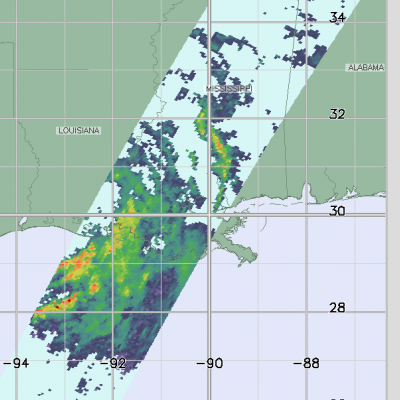A Modified Dual-Wavelength Technique for Ku- and Ka-band Radar Rain Retrieval
Publication Year
Journal
J. Climate
Volume
58(1)
Page Numbers
3-18
DOI
10.1175/JAMC-D-18-0037.1
Mission Affiliation
Major Category



